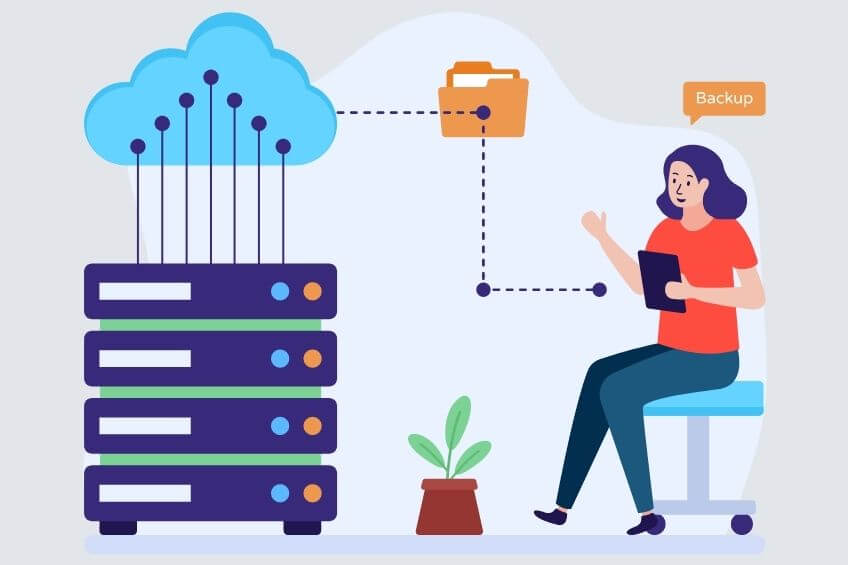In this digital age, information has become far easier to create and store, however, it has also become far easier to lose that information. From intentional attacks to accidents, the loss of important files can be especially detrimental. Despite this, utilizing backups can be a great way to mitigate its impact! It is important to understand the different types of backups.
Local and Cloud Backups
There are two distinct types of backups available. Local backups involve storing a system, applications, and data to a local device such as an external hard disk, flash drive, DVD or other media that can be located on-site. Cloud backups store system, applications, and data to a cloud-based server in a remote location usually in a data center.
Backup Methods
Whether you decide to use local, cloud, or both types of backups, you will have to make another choice: Should I use an Image Level Backup or a File Level Backup?
An Image Level Backup is an extensive backup of everything on your computer’s hard drive or partition. This means that everything contained in the OS will be saved such as OS configurations along with the regular files. To configure this type of backup, you have to choose which drive or partition. The end result is a large file that can be stored.
File backups are very common. These usually come down to selecting some files or folders that you want to backup and where to store each individual copied file/folder. This can then be configured to look for incremental changes.
Comparison
While each method can be helpful, there are differences between the two.
Depending on how much data is backed up and a computer’s hardware, a system image usually takes a longer time compared to a File Level Backup. Not very surprising as a system image copies everything on a device. Compared to file backups, you can choose which files you want to backup and which ones to exclude, improving speeds if there are only some folders you actually want to protect.
This goes hand in hand with speed. Image Backups can end up being very large as they contain every file stored on the device regardless if it’s relevant to you anymore. With File Level backups, one can customize the amount of files to back up which can be significantly faster to restore.
Devices contain many files. While some are invaluable, others may not have a high priority if they are lost. An Image backup is typically used to restore all files it contains and can’t be customized once it’s created. With File Level Backups, files can be manually selected instead and restored as you see fit.
Worst-Case Scenario
Despite the many benefits of a File Level Backup, if a disaster should occur that renders a computer unusable, it could take some time to reinstall the Operating System, reinstall programs, and restore settings. Only after that can you start restoring your files and folders; everything else is lost. In comparison, Image Backups are a more complete and well-rounded backup solution. This can allow a user to move to new hardware and keep not just files but also OS and application settings. Image Backups are most effective in the event of a total disaster such as theft, destruction of property, or a hard drive failure.
Conclusion
Backups are important for everyone but especially when many people are potentially affected. There are many potential threats, both natural and unnatural, that can occur to a system. With so many different types of backups available, it is important to choose one or a combination of strategies and techniques that best suits your needs.




